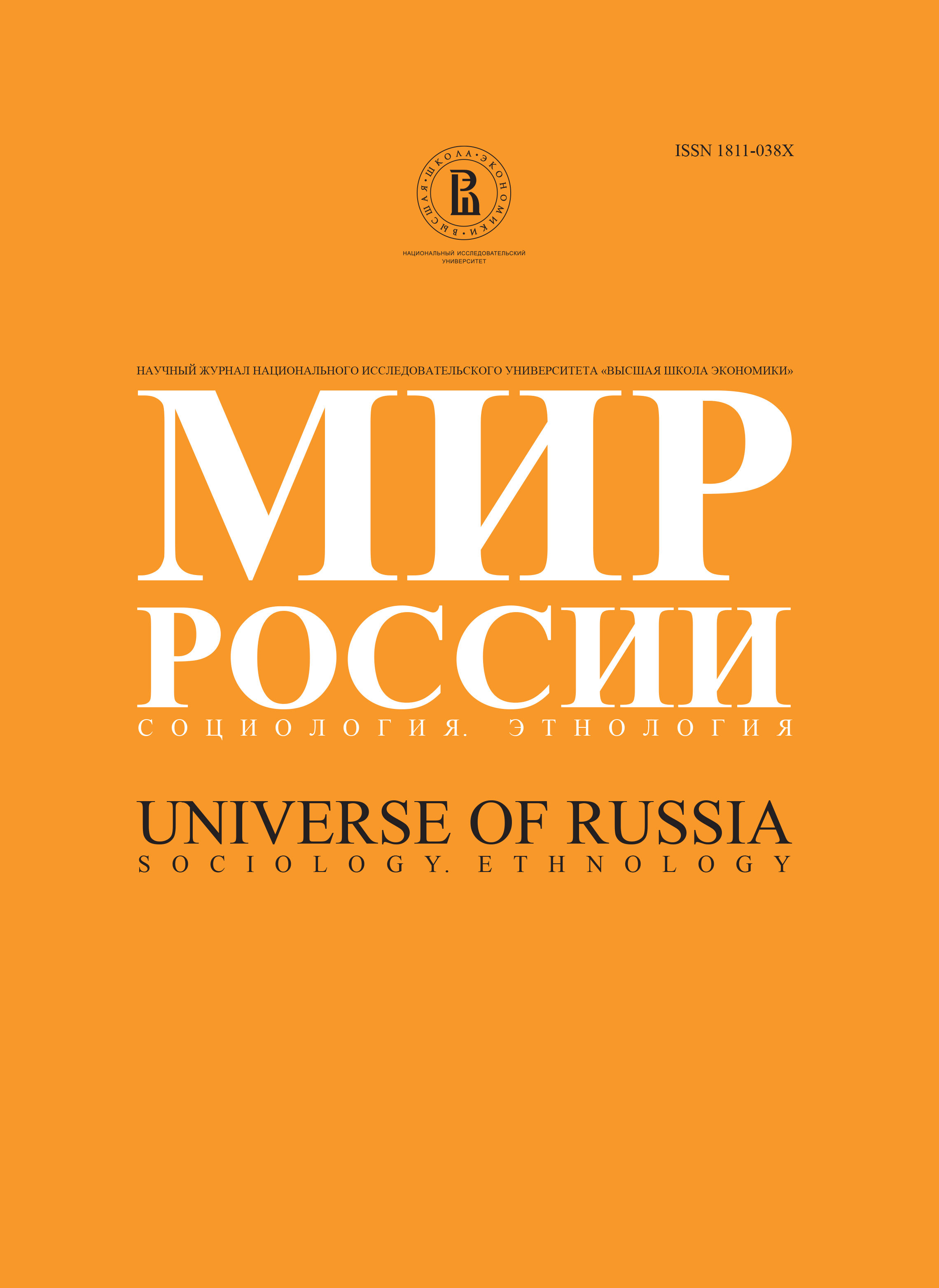Towards a Working Class Society - Russian Class Structure in the 1990s
Abstract
Russia has changed enormously. Social changes have many reflections to people's life and living conditions. The intention of the article is to analyze social divisions in contemporary Russia from the perspective of class analytical. The author is interested in changes of Russian class structure during the 90s. This analysis concerning the changes in the Russian class structure is based on representative survey data that was collected in November 1998. Similar data was collected also in the year 1991. These two surveys are comparable, and this gives us a unique opportunity to analyze social changes in Russian society during the 1990s. The theoretical starting points of this article are pre¬sented in the writings of Eric Olin Wright.Former Soviet Union was a class society, however there were many interpretations about the nature of the society. According to the official understanding there were officially two social classes in the country: working class and collective farmers, intelligentsia was a third group, but it was seen as a social strata. Some said that the society was divided into two classes: the elite (nomenklatura, new class) and ordinary people which was exploited by the elite.
According to my understanding Soviet Union represented one type of industrial society, where power recourses in the production were divided along the same lines as in capitalist countries. There were managers, experts and workers. In state socialism class structure was determined by political and economic factors. In contemporary Russia there are new divisions emerging based on ownership or new kind of positions in the labour markets. The positions of almost all social groups are determined by the fact whether they own means of production or not and what kind of organizational power assets they posses in the working life.
The author presents an interpretation concerning the changes in Russian class structure during the 90s. The author comes to conclusion that the Russian society has protetari-anised. One Utopia has come true; majority of the population belongs to the proletariat. The sociological guess of the author is that the working class will be the biggest social class in the country, but it will not turn out to be any «class for itself». Main thesis is that during the 90s both working class and lumpen proletariat has increased in Russia. In spite of many expectation no real middle class has been developed. Economic and political elite makes only a small fraction in the class structure.






